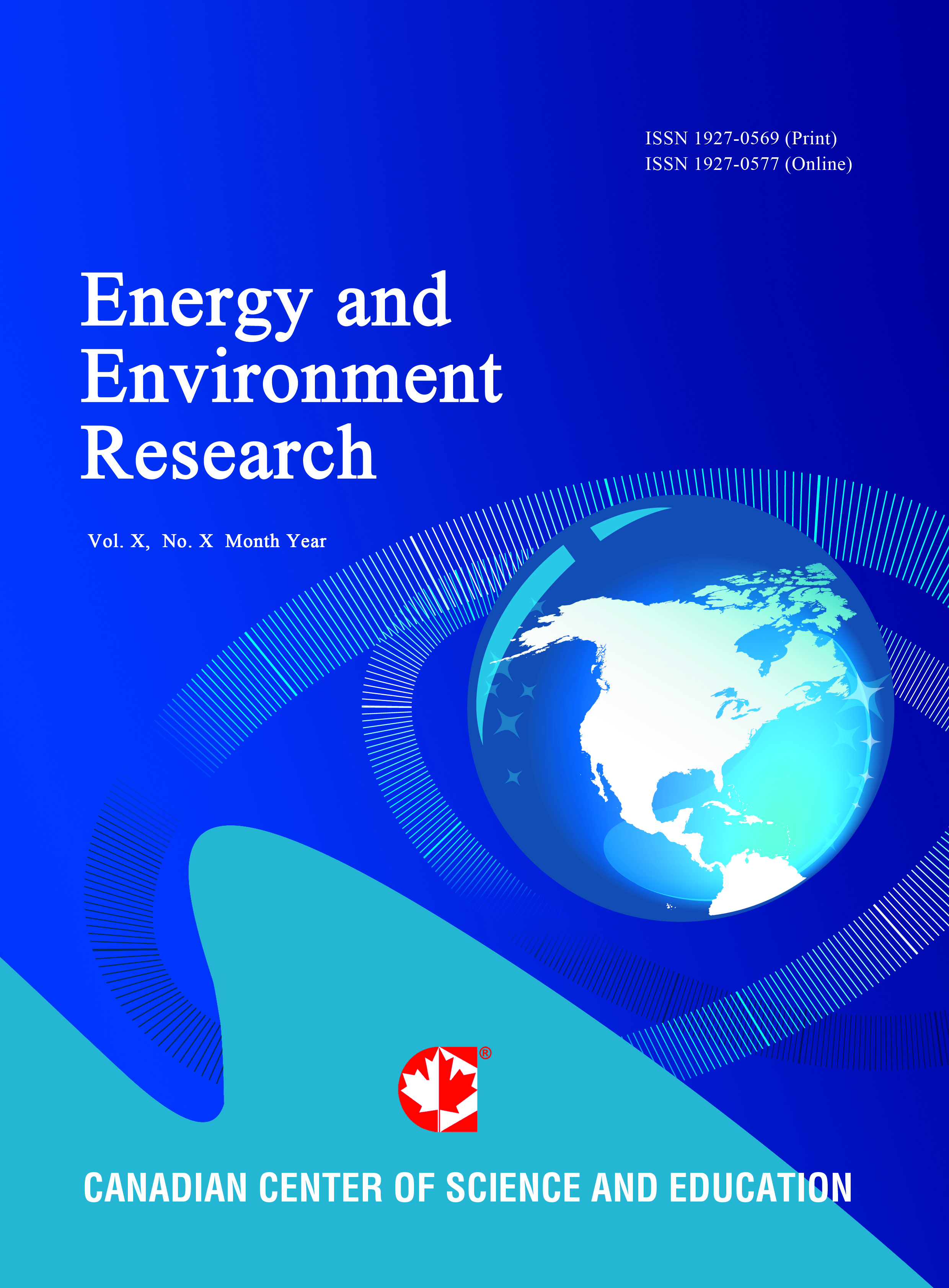Experimental Study on the Non-reacting Flowfield of a Low Swirl Burner
- Hang Yin
- Ren Dai
Abstract
Lean premixed low swirl combustion is an effective way to control NOx emission. In the present work a low swirl burner fitting with vane swirler has been used to investigate the flowfield characteristics. Two swirlers (65° and 40° setting angle) have been adopted for velocity measurement by using PIV technique. The results show that the critical swirl number when recirculation zone appears scarcely changed with the swirler setting angle and central jet velocity, and the demarcation between high and low swirl flow can be set as 0.48 in this work. Compared to swirler II, a wider low speed zone and a more divergent flow emerge downstream swirler I. Dimensionless axial velocity profiles along central axis decline linearly and approximately come to zero at x/D=1.37 for swirler II and x/D=1.56 for swirler I. For two-dimensional turbulent kinetic energy profiles, two peaks downstream of the swirl mean higher burning velocity than central jet. And turbulent kinetic energy downstream swirler II is observed higher.
- Full Text:
 PDF
PDF
- DOI:10.5539/eer.v1n1p105
Journal Metrics
(The data was calculated based on Google Scholar Citations)
h-index (July 2022): 19
i10-index (July 2022): 53
h5-index (July 2022): N/A
h5-median(July 2022): N/A
Index
- BASE (Bielefeld Academic Search Engine)
- CiteFactor
- CNKI Scholar
- Elektronische Zeitschriftenbibliothek (EZB)
- Excellence in Research for Australia (ERA)
- Genamics JournalSeek
- Google Scholar
- NewJour
- Norwegian Centre for Research Data (NSD)
- PKP Open Archives Harvester
- Publons
- ROAD
- SHERPA/RoMEO
- Standard Periodical Directory
- Ulrich's
- Universe Digital Library
- WorldCat
Contact
- Lesley LuoEditorial Assistant
- eer@ccsenet.org
